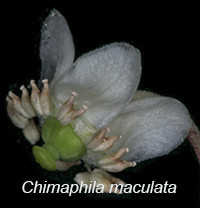
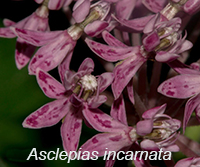
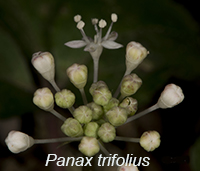
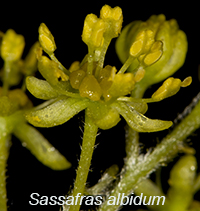
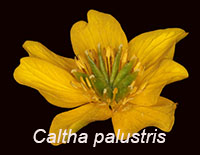
Authors: R. Naczi, S. A. Mori, M. Rothman, C. Carollo Matos & J. Jiang
This page and pages related to it are dedicated to the flowering plants. In order to access other groups of plants and fungi, return to Home and click on the image of the group.
Checklist by Plant Family
Our checklist is a list of species of flowering plants documented by herbarium specimens or, in the case of rare or very common species, by images. When a species name in the list is clicked the specimens that represent the species are accessed. The records include the scientific name, label data, images of the herbarium sheets, and field images. One of the ways that botanists learn the names of plants is to compare specimens of an unknown plant with collections in a herbarium. Let us assume that you encounter an oak tree that you do not recognize. There are lots of oak collections and many different species in large herbaria. So, using a herbarium for identification can be time-consuming. In this case, the herbarium is a virtual herbarium, i.e.. you look at images of herbarium sheets and field images from a very limited area. In order to learn the name of the unknown oak, you compare the images of the four species we know to occur in the WLT Preserve.
Some plant families have been placed in other families. For example, the Aceraceae are now part of the Sapindaceae, the Nyssaceae are moved to the Cornaceae, and Tiliaceae have been placed in the Malvaceae. Consult Stevens (2001 onward) for information about family changes by the Angiosperm Phylogeny Group (APG). The APG website is listed in our Literature page which is linked under "Resources" on this page. An easier way is to ask Google what family does a genus such as Acer belong to? Changing the classification of a taxon requires a great deal of work. Some taxa have been updated while others have not yet been updated to the APG system.
Checklist by Common Name
If you know the common name of a plant you can click on "Checklist by Common Name" and all specimens of species with that common name will be accessed for you to compare with the plant you want to identify.
Resources
Identification Aids. A series of Power Point presentations that show species with certain characters; for example, species of the skunk cabbage (Araceae) family that bloom in the spring and species of plants without chlorophyll are now available. In addition, presentations are available that show the common spring species that have specific petal colors, e.g., yellow, white, etc.,
New Manual of the Vascular Plants of the Northeastern United States and adjacent Canada. Treatments are now published digitally for over 93 families of the estimated 230 families and 5,300 species known to occur in the region. The number of species described in the New Manual amounts to approximately 25% of the botanical diversity of Northeastern North America and adjacent Canada but not including Mexico. Digital versions are available for sale from NYBG Press.
Glossary. A botanical glossary illustrated with images.
Literature. A list of publications that help the user learn more about the plants of the Preserve.
Specimen collection video. An intern from the Taft School shows how she helped with establishing the website.
Plant names. A PDF of a PowerPoint presentation about plant names.
Leaf terminology. A PDF of a PowerPoint presentation about leaf characters that helps visitors learn the leaf terminology needed to identify plants.
Flower terminology. A PDF Power Point presentation about flower characters that helps visitors learn the flower terminology needed to identify plants.
Invasive plants. Images of invasives plants that have been documented in the Preserve.
FAQs. Answers to frequent questions that will help using this website.